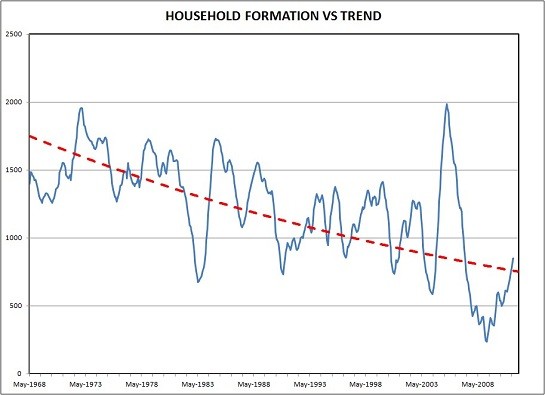Blame game Pundits are wrong to fault lending to the poor for the subprime mortgage meltdown
Post on: 16 Март, 2015 No Comment

What happens when credit markets seize up? We are beginning to see the result now: Businesses can’t expand or don’t open, houses aren’t bought or sold, and economic growth slows to a crawl. In minority communities, where banks once welcomed residents’ deposits but refused to lend to them, similar economic stagnation resulted.
So it’s bizarre to see some commentators heap blame for the subprime mortgage meltdown on the Community Reinvestment Act. The CRA is the Carter administration-era legislation that required banks taking minority residents’ deposits to also make good-faith efforts to extend loans to them. To make the CRA the boogeyman in the nation’s worst financial crisis in decades essentially is to favor redlining as a preventative against economic malaise.
That’s just plain wrong.
The Community Reinvestment Act passed in 1977 to ensure that people who lived in low-income neighborhoods — many black and Hispanic — had access to mortgage lending. It was patently unfair for banks to accept deposits from these residents but reject them for loans to buy houses simply because they lived within an area the bank had redlined on in-house maps as ineligible for financing.
Because they could not buy houses or access other forms of credit, it was harder for these Americans to obtain an ownership stake in their community or the larger society. They couldn’t build their businesses, and it was more difficult for them to acquire the kind of wealth that let them invest in their children’s education and in their community. Their neighborhoods were poorer for it, and they suffered the ills of crime and addiction that poverty often brings.
Forcing banks to extend mortgage credit in poor neighborhoods has not fixed every problem of the inner city. But returning to the days when banks blatantly discriminated against minorities will not inoculate us against economic crisis either. Incredibly, that is what some observers of the current downturn imply is a solution when they rail against the CRA and blame low-income borrowers for the failure of the subprime marketplace.
It is true that many people — including those of moderate means and the well-to-do — signed on to mortgage and refinancing terms that they should have known were beyond their ability to repay. They must share some culpability for the subprime disaster.
But as many more thoughtful commentators already have pointed out, most subprime mortgages were financed by lenders that are not depository banks and therefore not regulated by the act. What’s more, there is no federal edict or statute that mandates that unregulated lenders create loan products requiring no documentation of income or assets and for amounts well above the realistic value of the purchase property. And no law pushed lenders to aggressively market their wares to clearly unqualified borrowers.
Nor did the CRA call on investment banking firms to package and repackage those risky loans into complicated investment vehicles and sell them to investors as highly rated securities.
Meanwhile, it’s important to note that not all subprime borrowers were low-income minorities. The majority were white, and many were well-off.
Many lessons will be learned as we work through this global financial crisis. Those lessons should not include the notion that the working poor are bad credit risks as long as they have access to appropriate and tightly underwritten loans.
And no one should come away with the idea that home ownership is not a good plan for most responsible people in this country. It’s a bedrock of the American dream that’s as sound an ideal today as it was before the bottom fell out.














